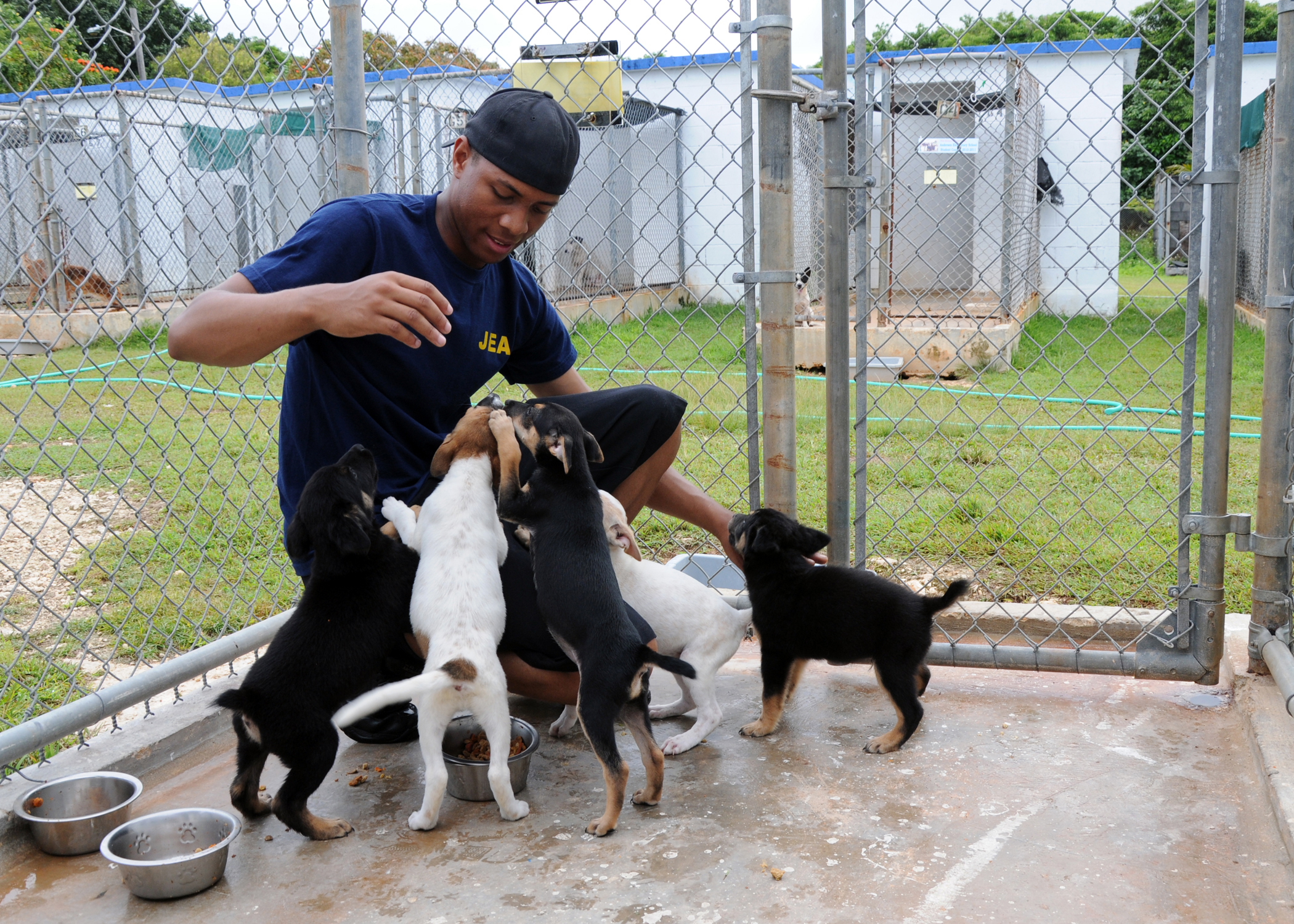Views expressed in opinion columns are the author’s own.
When tragedy strikes, we unite. For any one instance of calamity or heartbreak, we find a way to come back at it with compassion. The capacity for love and charity during disasters is one of the most amazing things about us as a species — and the apathy otherwise is one of the worst.
Members of the Lucky Dog Animal Rescue, a nonprofit based in Virginia, traveled down to South Carolina to pick up 45 animals from a shelter in the path of Hurricane Florence. Their van broke down as they were driving back up, so they turned to Facebook to ask volunteers to help keep the animals cool in the 90-degree heat while they got it fixed. More than 50 people showed up, giving the animals water and sheltering them in air-conditioned cars. A local dog rescue van came to transport the dogs and cats the rest of the way to Maryland, where they will be available for adoption.
It was a heartwarming display, and not unique. Multiple shelters, including the Jarrettsville Veterinary Center, rescued animals from the hurricane’s path and brought them back to the DMV area for adoption. When Hurricane Maria devastated Puerto Rico, over 100 animals were flown up to Maryland to be put up for adoption. The same thing happened following Hurricane Harvey in Texas last year.
All over the state, families and individuals open their homes to take in the dogs and cats displaced by storms — but what about the animals sitting in our shelters every day? According to Save Maryland Pets, a spay and neuter program in Maryland, 45,000 cats and dogs die in Maryland shelters each year.
We need to be doing more to help our animals all the time, not just the ones on the front page news. There are some amazing charities in the area that dedicate their time and money to rescue and find homes for animals, and they need our support year-round. Just like homeless shelters and soup kitchens, which are flooded with volunteers around the holiday seasons but struggle to find the same support the rest of the year, charities like Lucky Dog Rescue operate year round — not just during hurricanes.
Many of these charities, like the Partnership for Animal Welfare, don’t have a brick-and-mortar location, so they rely on foster families and donations that fund kennel spaces to house dogs and cats until they find a permanent home. A revolving-door of volunteers keep operations running, but the inconsistent donations from month to month make it hard to find stable help for the animals in need.
A good way to reduce the number of dogs and cats that end up without homes is to spay and neuter. The Maryland Agriculture Department established a Spay and Neuter Grants Program, which awards grants to organizations to provide free spay and neuter services, but they don’t get nearly enough funding. If you consider how many animals are saved by the generosity of volunteers, think of how many we can help with more funding from the government to support the various charities and programs that rely on unpredictable donations to keep running. The Spay and Neuter Program is an amazing start, but we can be doing a lot more.
A good place to start? Fund shelter adoption fees. Last month, we had the fourth annual Clear the Shelters event in Maryland, a day in which many local shelters cut or waive adoption fees on all their pets. This year, more than 1,000 pets in the D.C. area were adopted in a single day. If we provide governmental funding to reduce these fees, we not only aid the shelters that are already desperately in need of more resources, but we reduce the burden on good hearted people who choose to open up their homes and take in a new family member that desperately needs their help.
Alyssa McKinney is a a sophomore electrical engineering major. She can be reached at alyssa.cmck@gmail.com.



